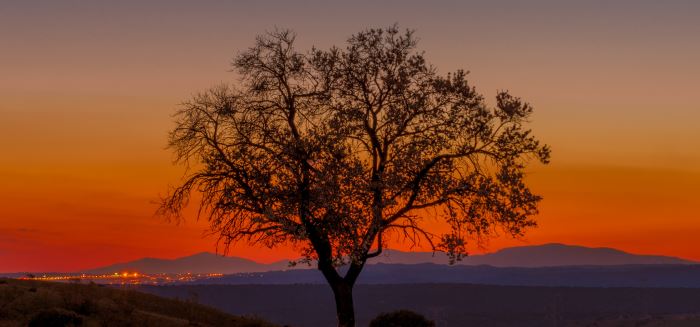Many stewardship conversations consider the question what’s possible? What’s possible for our mission and ministry? What’s possible to do with others? What’s possible for the budget? What’s possible when God is working in our midst? In our newsletter this week Elizabeth Hagen continues her two-part series on the global church and stewardship. She helps us consider new expressions of what’s possible.
Next week we begin series on “Giving Thanks.”
Yours truly,
Adam J. Copeland, Director
Center for Stewardship Leaders
Luther Seminary
What the Global Church Can Teach Us About Stewardship (Part 2)
Elizabeth Hagen
“All the believers were together and had everything in common. They sold property and possessions to give to anyone who had need.” -Acts 2:45-46
As we read this vision of life together in the early church after the day of Pentecost, our American perspective often leads us to one of two trains of thought:
- We embrace the distance that sentimentality provides clinging to this story with visions of folks gathered around a campfire roasting marshmallows singing Kumbaya.
- We feel overwhelmed, thinking to ourselves there’s no way this kind of community could be lived out in modern times.
But might people of faith in other parts of the world show us another way?
Several years ago, my husband, Kevin and I sat around a table underneath a sun blocking tarp with a group in a remote village about an hour south of Cebu, Philippines. As part of our trip to experience the humanitarian efforts related to my husband’s job, we attended a meeting of a Village Savings and Loan program.
Village Savings and Loan groups are a common microfinance strategy in the Global South made popular in the last decades by large relief and development nonprofits like Care and World Vision.
In a nutshell: Village Savings and Loan groups are makeshift organizations that work like a local credit union might the United States. They exist to create a safety net of empowerment for those who are a bad harvest or dry fishing season away from complete devastation.
And their function is simple: community members join committing to an honor code set by their peers, they contribute a local membership fee, they attend meetings and they make decisions as a body about savings, credit and insurance services. At the weekly meetings, members pool their resources, review goals for the future of their community, and make decisions about who needs to be gifted with loans because emergency needs have arose.
While often these microfinance groups are secular in nature, the one we attended in the Philippines was not. Each group meeting opened with prayer, a short devotion by a member followed by a time of praise singing and testimony.
As I followed the translation, I heard powerful stories of how the loans the group provided helped to provide life-saving medical care for the elderly.
I heard group members muse with glee about their dreams coming true: finally a toilet in their home!
I heard how the proceeds from the Village Saving and Loan group approved the purchase of school supplies at the start of the last term for the local primary school.
While this community still faced many challenges, they were on their way toward self-sufficiency. And on their faces I saw so much hope. Economically, they stood together on higher ground.
Upon later reflection, what I loved most about this experience in the Philippines was that its success grew out of the people themselves, not the program brought by the nonprofit organizations.
For it was their commitment to their weekly meetings, one another, and their faith that emboldened them to the practice of “holding everything in common.” They got this one basic message about stewardship: when one rises, we all rise.
We might not personally need a microfinance group but I can imagine somebody in our neighborhood does.
I think this is what the early church would reflect back to us now: no matter if we have a lot to give or just a little, we must share.
Read What the Global Church Can Teach Us About Stewardship (Part 1)
Author
Rev. Elizabeth Hagan is an American Baptist minister who serves congregations through short-term pastorates, retreat leadership and online conversation over at her blog, Preacher on the Plaza. Elizabeth’s home base is Arlington, Virginia, but she’s a nomad willing to spend time anywhere where’s there’s an invitation to preach, friends, and hopefully strong wifi.

